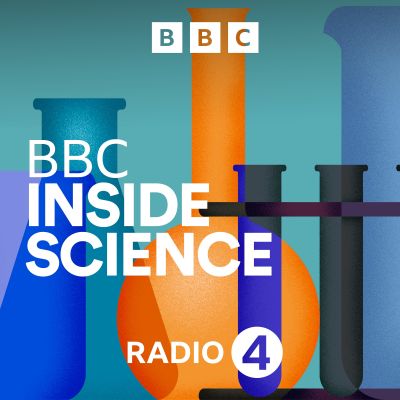A weekly programme that illuminates the mysteries and challenges the controversies behind the science that's changing our world.
http://www.bbc.co.uk/programmes/b036f7w2
New dinosaur; GM chickens; Lightning; Rosetta; Diatoms
Dinosaur A jumble of bones found in Venezuela belong to a group of very early dinosaurs, that could have been herd animals. Paul Barrett from the Natural History Museum explains to Professor Alice Roberts how a jumble of bones found in a 'bone bed' belong to a number of individual Laquintasaura venezuelae dinosaurs. They are an ancient, small, omnivorous dinosaur, which could have survived the Tertiary/Jurassic extinction event 200 million years ago. Genetically Editing Chickens Diseases devastate livestock around the world. In chickens for example the deadly strain of bird flu and the lesser known bacterial infection Campylobacter, does not only harm the chickens but is also a real threat to human health and welfare. Scientists are continually trying to develop vaccines, but the strains of bacteria keep evolving resistance to them. One of the solutions being explored at the Roslin Institute in Edinburgh, is genetic. Using a subtle form of genetic modification, called genome editing. The team are trying to find the genetic components of natural resistance in a wide group of chicken breeds, which they can then insert into the genome of livestock fowl in the hope of breeding healthier, safer chickens. Lightning A listener asks why lightning is jagged. Rhys Phillips from Airbus Group in Cardiff makes lightning in a lab. He has the answer. Rosetta The European Space Agency's robotic spacecraft Rosetta has reached the orbit of the comet Churyumov-Gerasimenko, and is about to start its detailed study. In the audacious and risky mission, the craft will follow the orbit of the comet as it approaches and passes the Sun. It will attempt to land a probe on the surface of the icy, rocky mass. It's hoped the mission will provide great insight into what comets are made of, how they behave as they heat up, creating its gassy coma and tail. And it's hoped Rosetta and its lander will be able to tell about where Earth's water and even some of the building blocks for life might have come from. Diatoms A type of phytoplankton, found in water, called Diatoms build hard silicon-based cell walls. Researchers, at the University of Galway, have shown it's possible to chemically transform the shells of living diatoms so they could carry drugs into our bodies in entirely new ways. Producer: Fiona Roberts.
